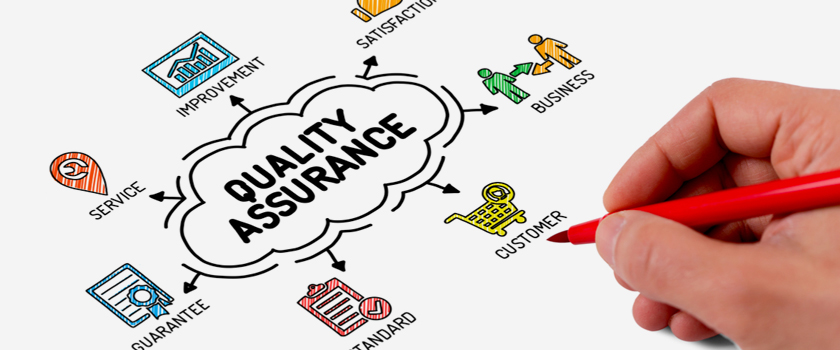What is QA?
Quality assurance (QA) is a process of ensuring that the delivered products/services are up to the client’s standards. Different from the manufacturing sector, QA is more focused on improving the final quality than distinguishing good products/services from poor ones in the localization sector.
Why QA?
For organizations in service-oriented industries, the quality is priority and most important. Bad quality means poor reputation, finally resulting in no business. QA comes in two different types: manual QA and mechanical QA. Manual QA is fulfilled by a highly qualified, quality-focused and detail-oriented QAer to check the translation against the source text, evaluate the translating quality and make any modifications if necessary.
Mechanical QA is fulfilled by a QA tool such as Xbench. QA results will be returned to the involved editor for checking. CCJK applies the combination of the above two approaches for quality control. With the market expecting ever-increasingly high quality for translation services, QA has become an essential part of the production process.
How QA?
As mentioned above, QA has two different types. We can resort to QA tools for checking. However, QA tools cannot spot out all errors. So we have a dedicated QA team who will check the translation sentence by sentence against the source text. Only experienced, talented, and proven qualified editors can be chosen for QA.
Our QA team members are required to fill in a QA report for any checked project. For translation projects, all errors will fall into seven categories including mistranslation, readability, terminology, language, style, country and consistency. The error severity level is divided into 3 classes including critical error, major error and minor error.
What benefits?
Along with higher quality services, QA process can bring the following benefits:
1. Building higher reputation
2. Increasing business volume/attracting more referrals from satisfied clients;
3. Problems are resolved in an open manner;
4. Better and smoother in-house communication;
5.Useful trainings for staff;
6. Higher confidence in error-free services;
7. Less risk for loss of money and time due to re-work;
8. Facilitating a more detail-oriented and highly responsible working attitude.



